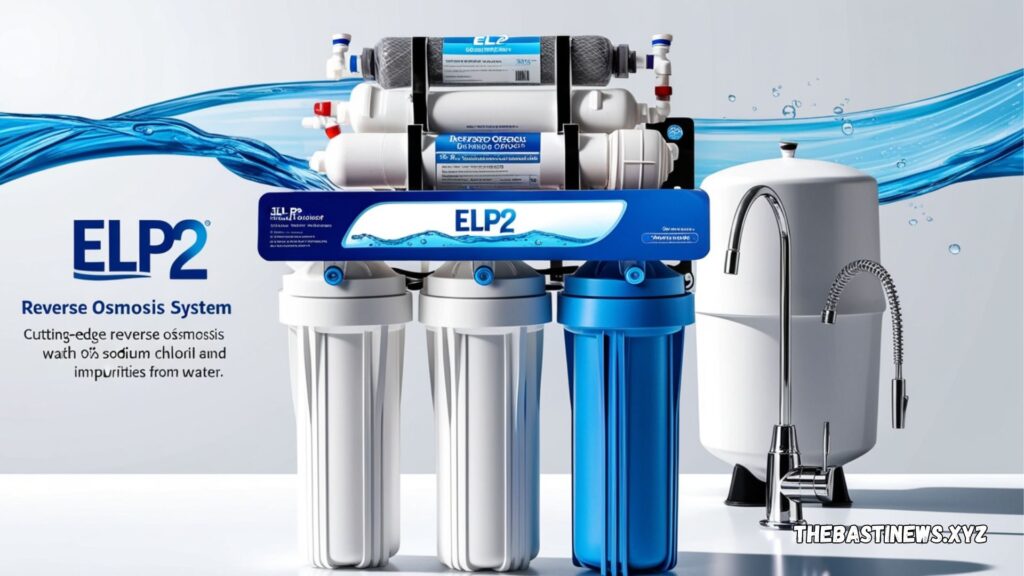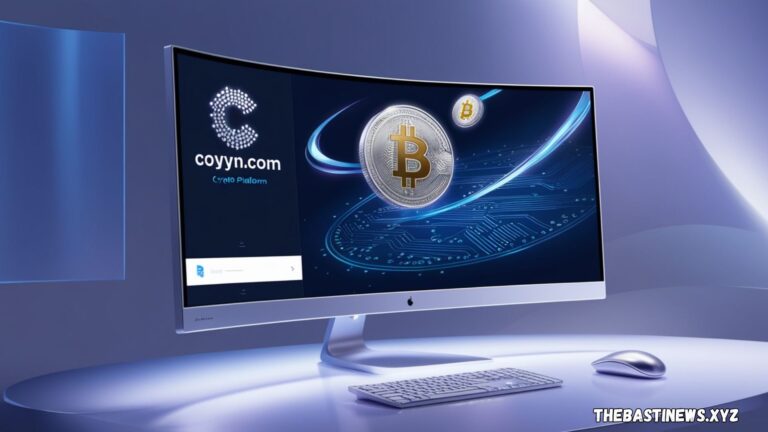
Introduction
Water purification has become an essential topic in today’s world, as more people seek solutions to ensure the water they consume is free from harmful impurities. The ELp2 reverse osmosis system has gained considerable attention for its ability to remove sodium chloride and other contaminants. But does it live up to the hype? In this in-depth review, we will explore the ELp2 reverse osmosis system, evaluate its performance, and provide insights to help you decide if it’s the right choice for your water purification needs.
What is the ELp2 Reverse Osmosis System?
The ELp2 reverse osmosis system is a state-of-the-art water filtration solution designed to remove contaminants, including sodium chloride, from your water supply. It uses a multi-stage filtration process to ensure water purity, delivering clean and safe drinking water.
Key Features of the ELp2 System
- Multi-Stage Filtration: Includes pre-filters, RO membrane, and post-filters.
- High Efficiency: Designed to minimize water wastage while maximizing purification.
- Compact Design: Fits under most kitchen sinks without taking up too much space.
- Easy Installation and Maintenance: Comes with a user-friendly manual and minimal upkeep requirements.
- Certified Performance: Meets industry standards for water purification.
How Does It Work?
The ELp2 system employs reverse osmosis technology, which forces water through a semi-permeable membrane, leaving behind impurities like sodium chloride, heavy metals, and other harmful substances. This process ensures that only clean water passes through, making it ideal for households concerned about water quality.
Benefits of the ELp2 Reverse Osmosis System
1. Effective Sodium Chloride Removal
One of the primary advantages of the ELp2 system is its efficiency in removing sodium chloride. High levels of sodium in water can contribute to health issues like hypertension, and the ELp2 system effectively reduces these levels, ensuring safer water consumption.
2. Enhanced Taste and Quality
Many users report a significant improvement in the taste of their water after using the ELp2 system. By removing impurities and unwanted minerals, the system delivers fresh and crisp water.
3. Environmentally Friendly Design
Unlike older systems, the ELp2 minimizes water wastage, making it a more sustainable choice for eco-conscious consumers.
4. Cost-Effective Solution
Although the initial investment may seem high, the ELp2 system reduces the need for bottled water, saving money in the long run.
Does Reverse Osmosis Remove Sodium Chloride?
Yes, reverse osmosis is one of the most effective methods for removing sodium chloride from water. The semi-permeable membrane used in the process filters out salt particles, ensuring that your drinking water is free from sodium contamination.
Supporting Data
Studies show that reverse osmosis systems can remove up to 98% of sodium chloride from water, making them a reliable choice for individuals with dietary sodium restrictions or those looking to improve overall water quality.
Common Questions About the ELp2 Reverse Osmosis System
1. Are Reverse Osmosis Systems Effective?
Reverse osmosis systems, including the ELp2, are highly effective at removing a wide range of contaminants, including sodium chloride, lead, arsenic, and fluoride. Their multi-stage filtration process ensures comprehensive water purification.
2. How Much Sodium is in Reverse Osmosis Water?
After passing through a reverse osmosis system, water contains negligible amounts of sodium, typically less than 10 mg/L, depending on the system’s efficiency and the initial concentration of sodium.
3. What Does Reverse Osmosis Not Remove?
While highly effective, reverse osmosis systems may not remove certain volatile organic compounds (VOCs) or dissolved gases. However, pairing the system with carbon filters can address these limitations.
4. What is the Disadvantage of Reverse Osmosis Water?
One potential drawback is that reverse osmosis also removes beneficial minerals like calcium and magnesium. This can be mitigated by using a remineralization filter to restore these nutrients.
Comparing the ELp2 System to Other Reverse Osmosis Systems
The ELp2 stands out for its balance of efficiency, compact design, and cost-effectiveness. Here’s how it compares:
| Feature | ELp2 System | Competitor A | Competitor B |
|---|---|---|---|
| Sodium Removal Efficiency | 98% | 96% | 94% |
| Water Wastage | 2:1 ratio | 3:1 ratio | 4:1 ratio |
| Installation Ease | DIY-friendly | Requires professional | DIY-friendly |
| Cost | Moderate | High | Low |
FAQs
Does RO Waste a Lot of Water?
Modern reverse osmosis systems, including the ELp2, are designed to reduce water waste. While older systems may have had a 4:1 water-to-waste ratio, the ELp2 achieves a more efficient 2:1 ratio.
Is It Safe to Drink Reverse Osmosis Water?
Yes, reverse osmosis water is safe to drink. It’s free from harmful contaminants, making it an excellent choice for household water consumption.
Is Reverse Osmosis Expensive?
The upfront cost of a reverse osmosis system may seem high, but the long-term savings on bottled water and the health benefits make it a worthwhile investment.
Final Thoughts
The ELp2 reverse osmosis system is a reliable and efficient solution for removing sodium chloride and other impurities from your water. Its combination of performance, ease of use, and cost-effectiveness makes it a top choice for households seeking cleaner, safer water.
If you’re considering investing in a reverse osmosis system, the ELp2 is a strong contender that delivers on its promises.
For more information on water purification systems, visit this article.



